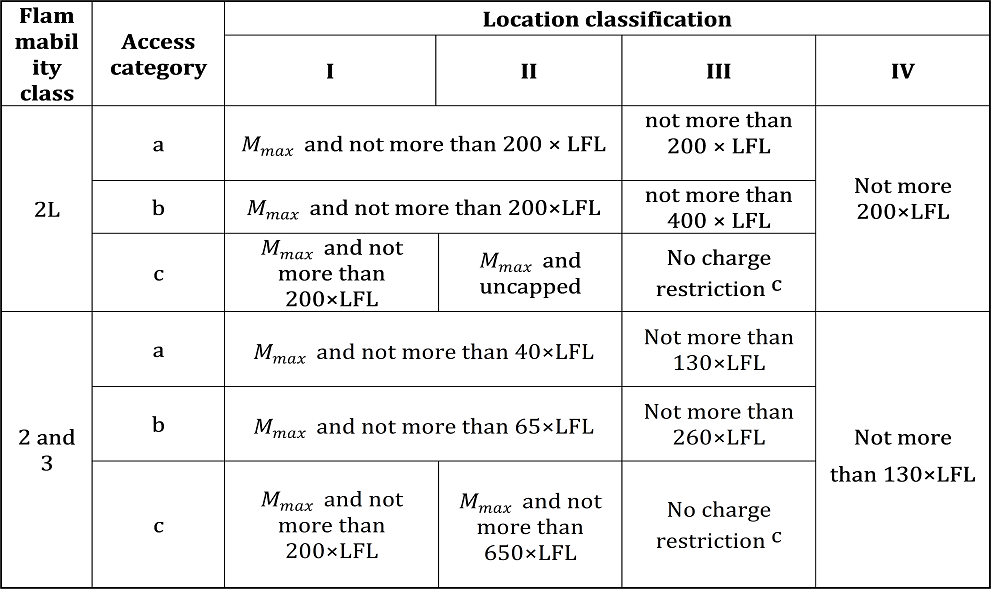Latest news about regulation in Europe
The European “F-gas” Regulation and the EN 378 standard are currently being revised at European level. Latest news on these two flagship texts.
F-Gas regulation
The ”F-gas” Regulation (EU) No 517/2014 is currently being revised. The European Commission has prepared an evaluation which shows that, so far, the regulation is effective; fluorinated gas emissions have declined since 2015, after a decade of increases.
According to this evaluation, technological developments in recent years have made it possible to achieve these emission reductions at a very low cost (€6 per tonne of CO2).
Nevertheless, since the adoption of F-Gas Regulation, various international agreements have been concluded: the Kigali Amendment and the Paris Agreement. The European Commission's assessment concludes that, in order to comply with these requirements, the F-gas policy needs to be more stringent to comply with the Montreal Protocol.
Modeling indicates that fluorinated gas emission reductions in 2030 will be lower than predicted in the 2012 impact assessment, which aimed to contribute to meeting the outdated 2030 climate target.
The evaluation also mentions illegal imports of fluorinated gases.
Following several consultations with the competent F-gas authorities, two opinions emerged:
- Alternative refrigerant manufacturers and NGOs reminded that the F-Gas regulation should be more ambitious and aligned with the Montreal Protocol after 2030.
- Other stakeholders from industry or companies working with fluorinated gases in the refrigeration, air conditioning and heat pumps sector have indicated that they do not wish to raise the current level of ambition of the F-Gas Regulation.
During these consultations, industry stakeholders showed strong support for various measures to combat illegal trade.
Following these consultations and the evaluation of F-Gaz by the European Commission, the latter collected a preparatory study from experts to revise the regulation.
Proposals for updating the F-Gas Regulation should be presented in early April, but some information has already leaked out: a reduction of the current authorized HFC production and consumption quota by around 50% in 2024 is thus mentioned in various sources. The current F-gas Regulation sets the quota for 2022 and 2023 at 45% of the 2015 baseline, rising to 31% in 2024. According to information currently circulating, this rate could fall to 23.6% in 2024.[1]
This information has prompted reactions from the European Refrigeration, AREA, the European Heat Pump Association (EHPA) and EPEE, who co-signed a statement calling on the European Commission to "calibrate its upcoming F-gas revision proposal with this urgency. F-gases, such as HFCs, are needed as refrigerants in our technologies".
EN378
The latest edition of standard EN 378 “Refrigerating systems and heat pumps – safety and environmental requirements” was published in 2016. It is currently being updated. This standard aims to reduce possible accidents, leading to harm to people, property and the environment arising from the use of refrigeration systems and refrigerants. Even if environment is one of the concerns of the standard, most of it is actually about safety issues.
The current version is composed of 4 parts:
- EN 378-1: Basic requirements, definitions, classification and selection criteria
- EN 378-2: Design, construction, testing, marking and documentation
- EN 378-3: Installation site and personal protection
- EN 378-4: Operation, maintenance, repair and recovery
The fourth part of EN378 concerning operation, maintenance, repair and recovery will disappear in the new version of the standard. These topics are covered almost identically in the ISO 5149-4.
A new part will be introduced concerning safety classifications and information on refrigerants.
New refrigerant charge limits are currently under development, which should allow a wider use of hydrocarbons, in particular in air conditioning equipment and heat pumps. Refrigerant charge amounts will be much more tailored to a given room size.
Discussions on refrigerant leaks are also in progress: indeed, there are currently two classes concerning the level of system tightness confidence (STC). Level 2 confidence allows for reduced leakage to be assumed and the use of higher refrigerant charges in a given area, lower ventilation or airflow rates, and smaller hazard areas. The second level of STC could be extended to all systems: in any case, this is a proposal that is currently being developed.
Most of the text will be improved, both in structure and logic of the requirements. The working group revising the standard hopes to have the final text released in 2024.
Proposed upper charge limits:

Table legend:
A2 = Flammable / Lower toxicity
A2L = Lower flammability / Lower toxicity, e.g. R32, R1234yf
A3 = Higher Flammability / Lower toxicity, e.g. R290
Mmax= allowable charge limit
LFL= Lower Flammability Limit
I= The refrigerating system or refrigerant-containing parts are located in the occupied space
II= All compressors and pressure vessels are either located in a machinery room or in the open air. Coils and pipework including valves may be located in an occupied space
III= All refrigerant-containing parts are located in a machinery room or open air
IV= All refrigerant-containing parts are located in a ventilated enclosure
Source:
[1] https://www.coolingpost.com/world-news/f-gas-revision-promises-steeper-phase-down/
The paragraph concerning EN378 were written with the help of Daniel Colbourne.
